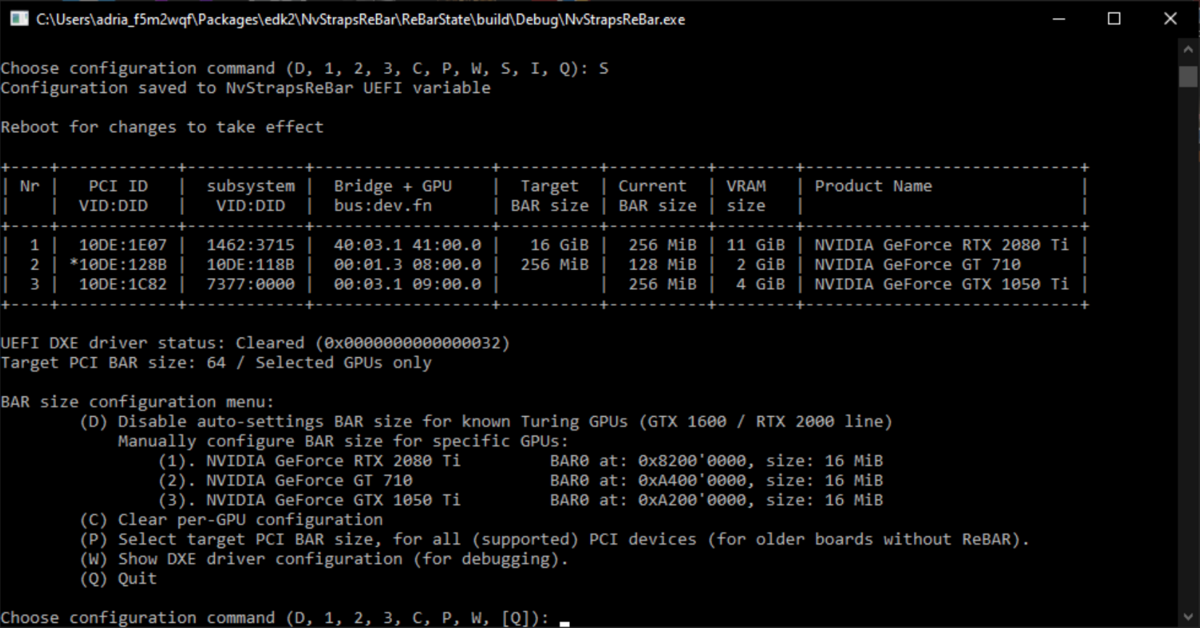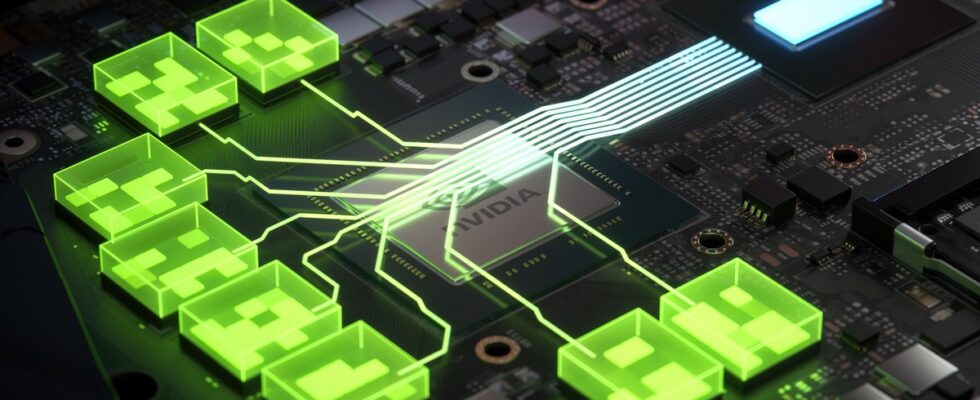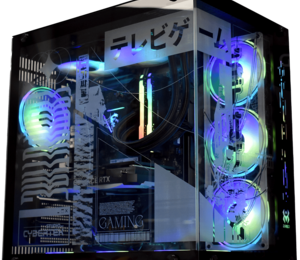THE graphics cards Turing generation NVIDIA can finally benefit from Resizable BAR via a BIOS modification.
Resizable BAR technology is not something new, but AMD popularized it through the Smart Access Memory of the Radeon RX 6000. A name perhaps more meaningful for an interesting option.
NVIDIA then followed in the footsteps of its competitor and emphasized that its GeForces were also capable of exploiting ReBAR… well from the RTX 30 onwards. Some clever people have found a way to broaden this horizon.
Direct access to video memory
Smart Access Memory and Resizable BAR mean exactly the same thing. The idea is to allow the PC’s central processor (CPU) to access video memory managed by the graphics processor (GPU).
Everything relating to textures, shading and the geometry of the scenes to be rendered is stored in video memory. Of course, the GPU must have privileged access to this data, but the CPU may also need to work on what is in video memory. Without ReBAR, it must necessarily go through the GPU for this. In fact, this creates a bottleneck, all the more important as the data must be refreshed regularly.
To remedy this, in 2008, the PCI-SIG organization came up with the concept of Resizable Base Address Register to authorize direct access from the CPU to video memory. Although AMD and NVIDIA have only recently become interested in it, the gains offered by ReBAR are not negligible.
The Turing GPU generation is in luck
Problem, at NVIDIA you had to have at least a GeForce RTX 30 series to take advantage of said technology. That is, until some clever people managed to activate it on older cards.
Basically, ReBAR is activated via the graphics card BIOS. Problem, this one is locked… much more than that of motherboards. As they explain on GitHubthe developers behind this project therefore modified the motherboard BIOS so that ReBAR support was possible.

Then, it’s a matter of using the NvStrapsReBar.exe software from Windows in administrator mode to fully activate the functionality. Although all in English, the guide (linked below) is well done and precisely describes each step of an operation which should not be treated lightly.
Modifying the motherboard BIOS remains a delicate matter, but it should help to boost the performance of cards that still have their place in our PCs. Too bad, however, it doesn’t work with the GeForce GTX 10 series.
Source : GitHub, Wccftech


3